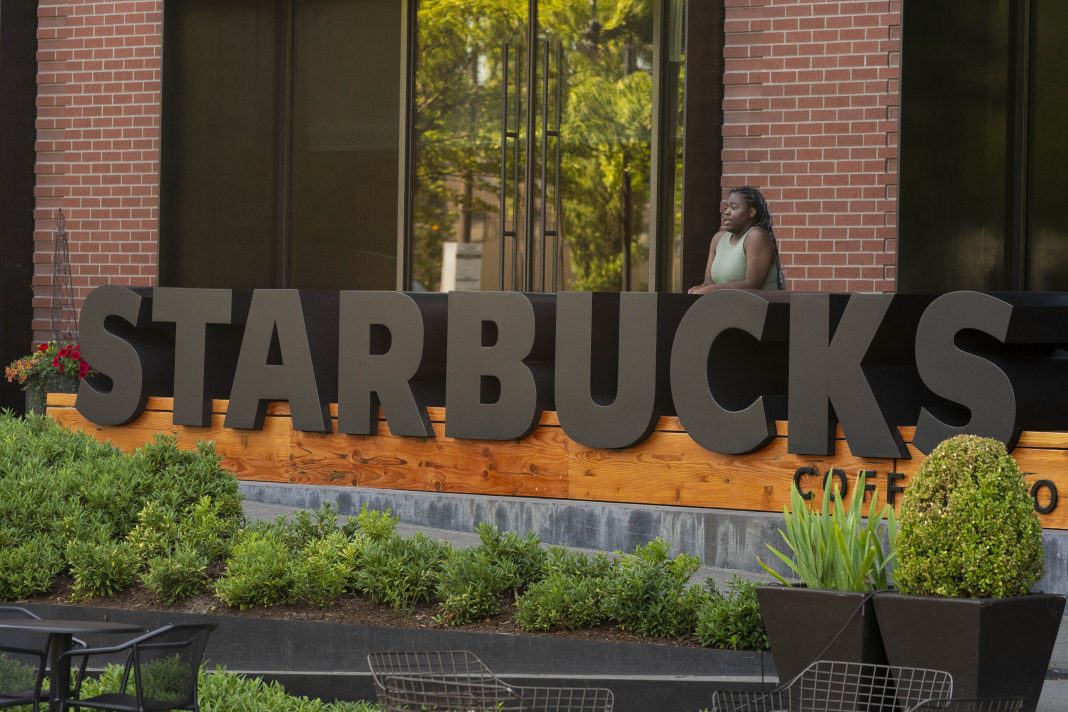In the ever-evolving landscape of coffee production, Starbucks is positioning itself not just as a purveyor of premium coffee but as a proactive steward of the environment and agricultural sustainability. Over a decade ago, the company made a significant leap by acquiring its first coffee farm in Costa Rica. Fast forward to today, and Starbucks has expanded its agricultural footprint with the addition of two more farms—one in Costa Rica and its inaugural venture in Guatemala. This strategic investment reflects a broader commitment to safeguarding its coffee supply chain against the looming threats posed by climate change.
The urgency of this initiative cannot be overstated. As global temperatures rise and extreme weather events become more frequent, the Coffee Belt—a region that encompasses the ideal growing conditions for coffee—faces unprecedented challenges. Recent reports indicate that Brazil, a key player in the coffee market, has experienced frosts that have drastically reduced production volumes by as much as 50%. This is particularly concerning for Starbucks, which sources roughly 3% of the world’s coffee and has seen consumer prices for coffee climb by 18% over the past five years. According to Roberto Vega, Starbucks’ vice president of global coffee agronomy, research and development, and sustainability, the impacts of climate change on coffee availability are becoming increasingly severe: “Frosts in Brazil have already impacted volumes of up to 50%, so we can have really severe impact in terms of product availability, and that is more and more regular in the whole Coffee Belt.”
To combat these challenges, Starbucks is leveraging its new farms as experimental hubs. The focus will be on studying hybrid coffee varieties that can thrive in varying elevations and soil conditions. These hybrids are designed to be more productive and resilient against coffee leaf rust—an insidious fungus that flourishes in warmer temperatures and increased rainfall. However, Vega emphasizes that the adaptability of these hybrids is not guaranteed across different regions, stating, “We can develop new hybrids, but the fact that a hybrid works in one country and under certain conditions doesn’t mean that it’s going to be working everywhere.”
Moreover, the company’s Guatemalan farm presents a unique opportunity to address not only climate-related issues but also the socio-economic challenges faced by local farmers. This particular farm is characterized by depleted soil and low productivity, conditions that mirror the difficulties many coffee growers experience today. Starbucks aims to rehabilitate the soil and enhance productivity at this site, using the lessons learned to educate other farmers in the region. Vega notes, “The farm is not necessarily in good shape, and that’s exactly what we were looking for. We wanted a farm that really mirrors the challenges that farmers are having today.”
In addition to agronomic research, Starbucks is also embracing technology to increase efficiency in coffee production. At their second Costa Rican farm, adjacent to the existing Hacienda Alsacia, the company plans to implement advanced techniques such as drone technology and mechanization to alleviate labor shortages that plague many Latin American coffee farms. This approach not only aims to boost productivity but also reflects a growing trend in the agricultural sector: the integration of technology to address labor challenges and improve overall farm management.
Looking ahead, Starbucks is not stopping at its recent investments. The company has ambitious plans to acquire two additional farms in Africa and Asia, further extending its agricultural portfolio across the Coffee Belt. This expansion is not merely about increasing supply; it’s about creating a sustainable and resilient coffee ecosystem that can withstand the pressures of climate change and ensure quality coffee for generations to come.
In summary, Starbucks’ proactive approach to coffee production illustrates a powerful blend of innovation, sustainability, and social responsibility. As the company seeks to adapt to the changing climate while supporting local farmers, it sets an example for the industry at large. The future of coffee may be uncertain, but with such initiatives, Starbucks is working diligently to secure its place in a more sustainable coffee landscape.

